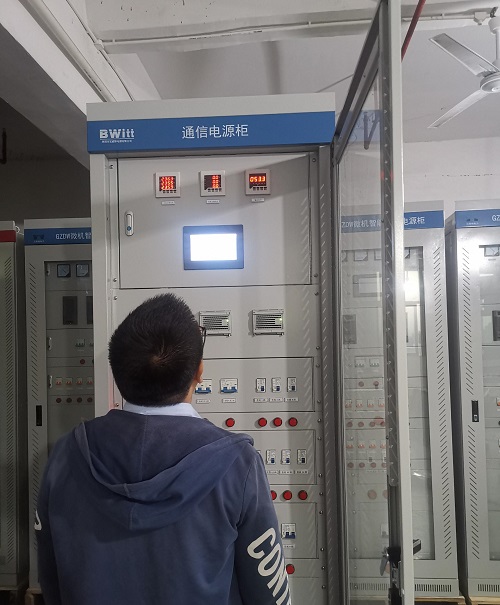
ʻO ke kumu hana hana o ka inverter e kāohi i ka hana o ka'ōnaehana holoʻokoʻa ma o kahi circuit circuit. Hoʻopau ka circuit circuit i ka hana o ke hoʻololiʻana i kēia manawa i kēia manawa e hoʻololi i kēia manawa, a ua hoʻohanaʻia ka silita circuit e kānana i nā hōʻailona makemakeʻole.
Hiki ke hoʻopauʻia ka hana o ka carcuit inverter.: ka mua, ʻO ka OSCillating Circuit e hoʻohuli i ka pololei i kēia manawa i kēia manawa; Ka lua, Hoʻopili ka Coit i kahi hoʻololi houʻana i kēia manawa i kēia manawa; hope loa, hana hou i ka hoʻololiʻana i kēia manawa i loko o kahi mea i loaʻa i kahi mea kani e pili ana i kēia manawa ma o kahi nalu square.

Ka hana hana hana o kēlā me kēia'āpana o ka inverter
1. Hoʻokomo i ka'āpana intput: ʻO ka'āpana komo 3 nā mea hoʻopaʻa inoa, 12V DC Input Vin, E hana ana e hana i ka Voltage enb a me nā papa inoa inoa i kēia manawa. Hāʻawiʻiaʻo VIN e ka Adapter, a hāʻawiʻia ka voltage enb e ka mcu ma ka makuahine, a o kona waiwai 0 a iʻole 3v. I ka enb = 0, ʻAʻole hana ka inverter, A i ka wa e enb = 3v, ʻO ka inverter i loko o ke kūlana hana maʻamau; ʻOiaiʻo ka VIM Voltage i hāʻawiʻia e ka papa nui, ʻO keʻano o keʻano o keʻano ma waena o 0-5V. ʻO nā waiwai DIMʻokoʻa e hānaiʻia i ka pane pane i ka pauʻana o ka leka uila PWM. ʻO nā mea i hāʻawiʻia e ka mea hoʻowalewale i ka mea eʻokoʻa. ʻO ka mea liʻiliʻi i ka waiwai Dim, ʻO ka hopena o kēia manawa ma ka inverter. Ka nui.
2. Hoʻomakaʻo Voltage Start: Aiaʻo Enb i ke kiʻekiʻe kiʻekiʻe, ʻO ia ka pukaʻana o ka Voltage High Viltage e hoʻomālamalama i ke kikowaena o ka papa.
3. ʻO ka mea mālama pwm: Loaʻa iā ia nā hana: kūloko kūloko kūloko, Hapa amplifier, ʻO Oscillator a me PWM, ʻO ka paleʻana o ka Voltage, ma lalo o ka pale o ka voltage, ʻO ka paleʻana o ka pōkole, ʻO ka transistor Output.
4. Kamaʻilio DC: ʻO ka consuit constiva consuit celecit i hoʻohuiʻia i ka mos mos shot somet a me ka mālama mālama mālama. Ua hoʻopiliʻia ka pulu i loko o ka panaʻana i ka pana-push, No laila hikiʻole i ka DC Votage ke mālama a hoʻokuʻu i ka inductor, no laila hiki ke loaʻa i ka hope o ka indukuctor hiki ke loaʻa i ka voltage ac.
5. LC OSCillation a me ka carciit output: E hōʻoia pono i ka helu 1600v i koiʻia no ke kukui e hoʻomaka ai, a e hōʻemi i ka Voltage a hiki i ka 800v ma hope o ka hoʻomakaʻana o ke kukui.
6. ʻO ka paneʻana o ka leka uila: Ke hana nei ka ukana, Ua hānaiʻia ka voltage sampled e hoʻopili i ka hopena o ka uila o ka inverter
